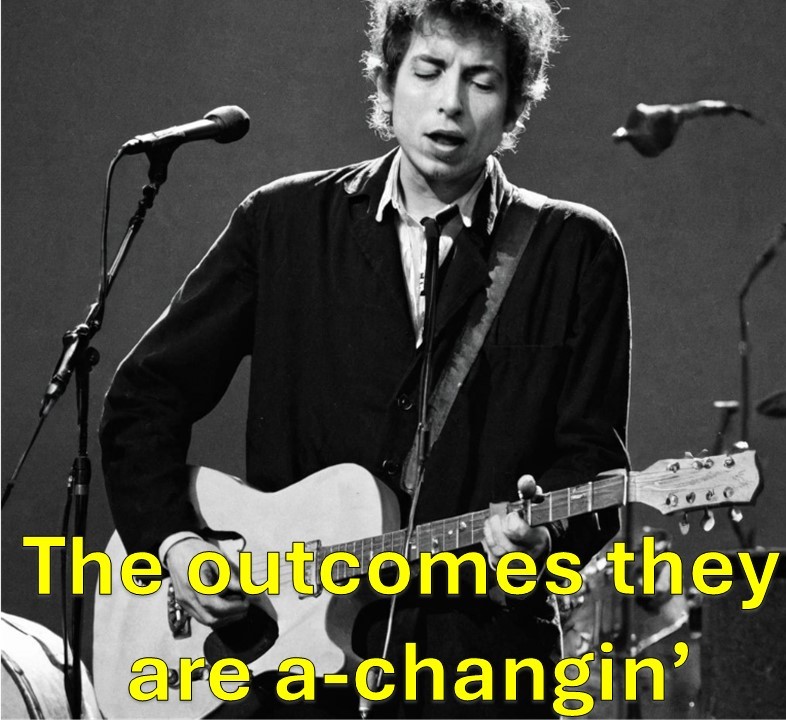
Change without change management can devolve into what Dekker (2014) termed “drift”. If change after change occurs without any management of the change, the results can be disastrous. Think about playing golf. You hit your tee shot and it drifts right, but you’re still pretty happy because you’re still in the short grass. But just barely. You hit your second shot and again it drifts to the right. This time you’re in the rough. But on your third shot you aim left. Your ball drifts right, but because you’d aimed left, the ball lands in the center of the green. There was change management that headed of the potential for drift.
According to Dekker, the drift theory was formulated based on Turner’s 1978 observations in the investigation of the disaster which occurred in Aberfan mine in Wales in 1966 where a coal waste pile catastrophically failed, flowed downhill and buried the village school killing more than 100 people, many of them children.
The main precipitating factors of the drift mentioned in the literature are caused by an emphasis on local efficiency, meeting deadlines, reaching production goals, and optimizing cost. Not engineering or technical issues.
Dekker and Pruchnicki (2013) wrote, “Investigating events leading up to the Aberfan disaster, Turner (1978) found that this period was characterized by events that went unnoticed or were disregarded because they were at odds with taken-for-granted beliefs about hazards and norms for their avoidance. Turner considered the managerial and administrative processes to be a promising target for understanding this discrepancy between a build-up of risk and the sustained belief that things are under control. For Turner, the chasm that gradually opened up between beliefs and growing risk was filled with human agency – perceptions, assessments, decisions, actions which rarely develop instantaneously. Instead, there is an accumulation over a period of time of a number of events which are at odds with the picture of the world and its hazards represented by existing norms and beliefs. Thus, for Turner, accidents were primarily a sociological phenomenon. He shifted the focus from engineering and structures to social processes”.
So… would you play a round of golf without managing change? I think not.
Don’t let local efficiency, meeting deadlines, reaching production goals or optimizing cost cause your project to drift off its path.
References
Dekker S. (2014) – The Field Guide to Understanding Human Error, 3rd Ed., Ashgate.
Dekker, S. and S. Pruchnicki, 2013, Drifting into failure: Theorising the Dynamics of Disaster Incubation, Theoretical Issues in Ergonomics Science, Taylor and Francis.
Turner, B.A. 1978. Man-Made Disasters. London: Wykeham Publications.

